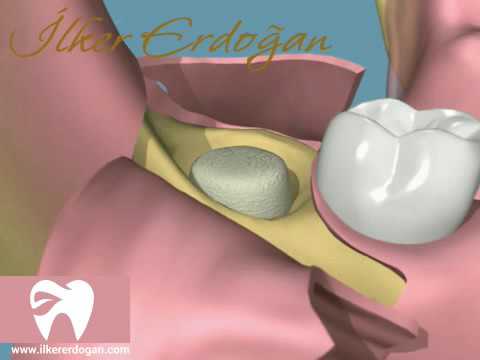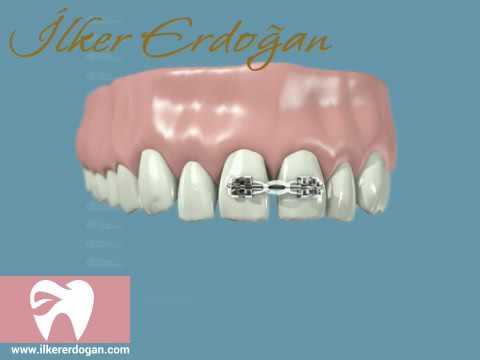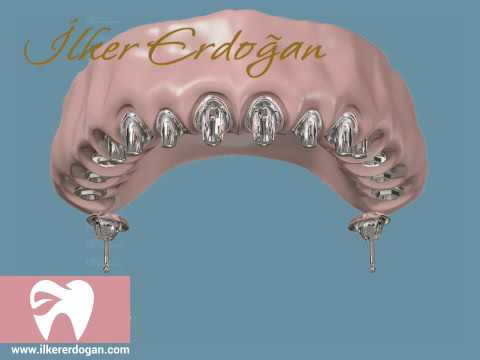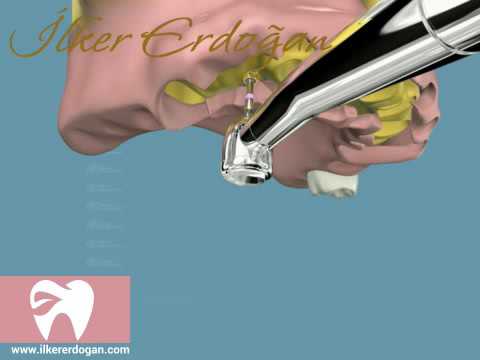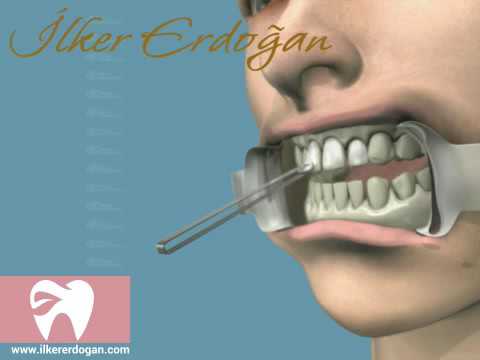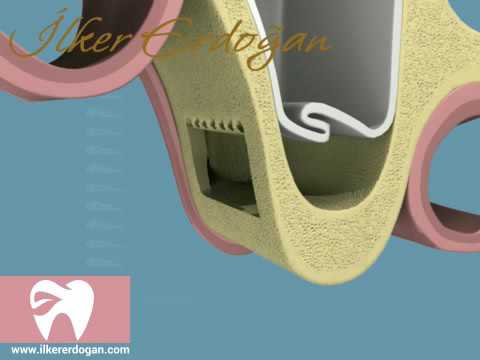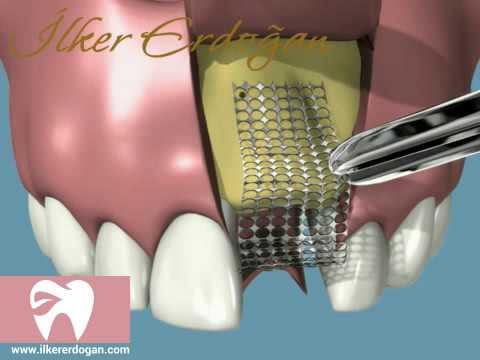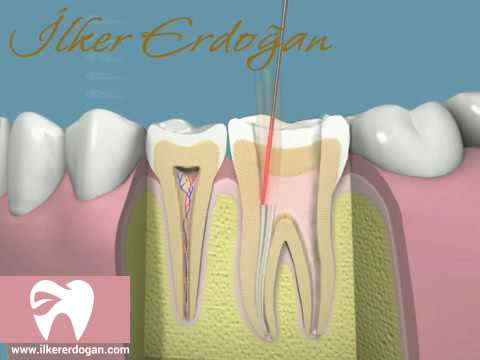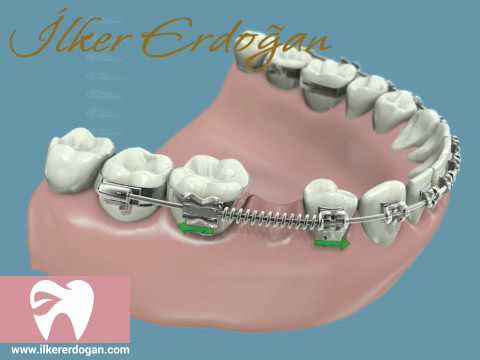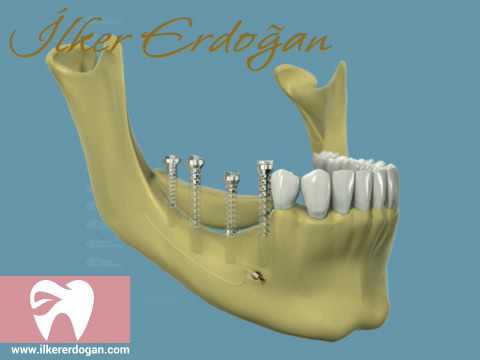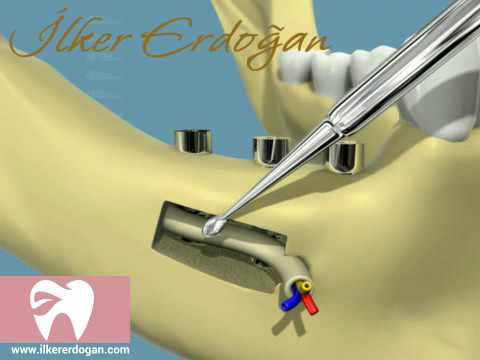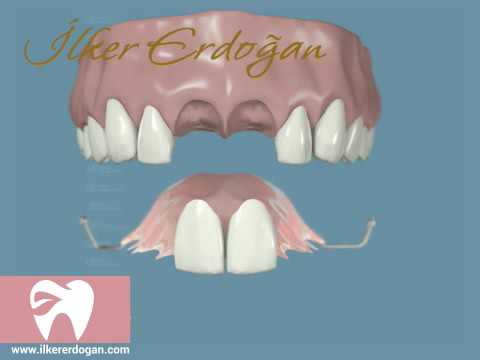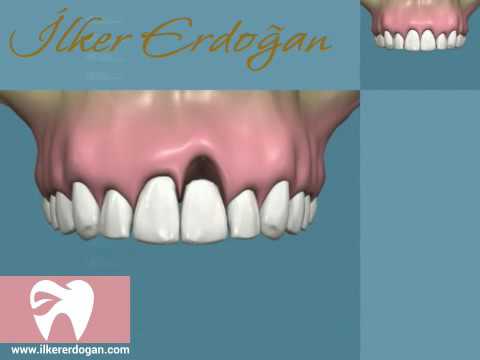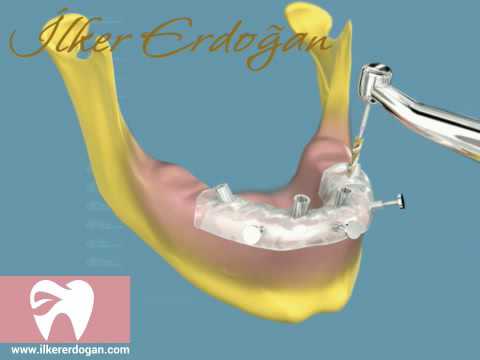Implant placement is a very difficult treatment for patients whose upper jaw bone is melted. Zygoma, cheekbone implants, is an alternative treatment option for many patients with fused upper jaw bone when used appropriately.
In patients with severely fused upper jawbone, prosthetic teeth and implant placement present difficulties for both surgeons and prosthetics specialists. If only conventional implants are to be used in patients with fused upper jaw bone, bone grafting may often be required before placing the implant in the area to be applied. This procedure usually involves raising the base of the sinus and applying bone grafts. In these applications, the fact that treatment is laborious and difficult, the long duration of treatment, costs and potential complications are important considerations. These are important factors that cause patients to walk away from treatment.
MOLTEN UPPER JAW LOSSES
Zygoma (cheekbone) implants often avoid bone grafting methods and patients may continue to use a temporary prosthesis for the duration of treatment. Zygomatic implants provide an alternative treatment option for many patients with fused upper jawbone when properly used. The success of traditional implants applied to the upper jaw bone can be controversial based on the amount and quality of bone. Zygomatic implants have been an alternative to extensive surgical procedures in recent years, especially in patients whose upper jaw bone has been severely melted, or in patients whose upper jaw bone has been partially or completely removed due to tumors. The main support for these implants, which are 45 mm to 55 mm in length, is provided by fixation to the cheekbone.
CLINICAL EVALUATION
Today, zygomatic implants are applied together with additional implants to stabilize the upper jaw prosthesis is provided. However, the amount of bone in the anterior region of the upper jaw should allow for the placement of two, preferably four, conventional implants. In addition, there should be no infection in the patients ' sinuses and there should be an acceptable amount of soft tissue in the area where the implants will be placed. Treatment planning of patients should be done prior to the placement of implants. The patient's medical and physical condition should be at a level that tolerates a two-hour surgical procedure and general anesthesia or deep sedation. The patient's mouth opening should allow the insertion of zygomatic implants 30 mm to 52.5 mm long.
SURGICAL PROTOCOL
Zygomatic implant surgery is best performed under deep sedation or general anesthesia. Following the placement of zygoma implants, the cut gums are sewn. In the upper prosthesis, the areas where the implants are made are enlarged and tissue pomades are applied into the prosthesis. In this way, patients use their old prosthetics during the six-month recovery period. In the second step the implants are connected together by a metal bar. After four to six weeks, following the recovery of the soft tissues, measurements are taken and the permanent prosthesis is made. The care of patients who have a zygoma implant is a process that lasts from the end of the first phase of surgery to the end of a full recovery phase. However, this procedure is more attractive than bone grafting procedures that prevent the use of prosthetics, as patients have a prosthesis throughout the entire process.
CONSTRUCTION OF THE PROSTHESIS
The final measurement can usually be done three to four weeks after an appropriate recovery period. The procedure of this stage also follows a path, as in the construction of fixed bridges in implants. Following laboratory procedures, gear rehearsals are performed and the patient is expected to give aesthetic approval. The success of zygomatic implants varies between 82 percent and 100 percent, according to clinical studies reported by many researchers. As a result, zygomatic implants can be successfully applied in order to regain function, phonation and aesthetics in patients with advanced fused upper jaw bone and partial upper jaw loss as a result of tumor operation in light of the studies that have been done about zygomatic implants.
THE CHEEKBONE IS PERFECT FOR THE IMPLANT TO HOLD
Surgical protocol for zygoma implants requires a highly skilled surgeon or extensive navigation techniques. The main indications for this particular type of implants are as follows:
Maxillectomies following tumors,
Failures in bone grafting and bone supply practices in the upper jaw,
Bone grafts are intended to avoid the practice of providing bone in the upper jaw. The cheekbone is an excellent site for the implants to hold and support the prosthesis. Most anatomical studies have confirmed this condition. The researchers agreed that the quality of the cheekbone was superior to the quality of the bone in the posterior region of the upper jaw. This allows the implant to hold on to the bone more strongly.
SECOND IMPLANT MAY BE REQUIRED
The most important complications in treatments with zygomatic implants are the loss of implants. Experience to date has shown that this occurrence occurs infrequently, but the effects on treatment planning should not be underestimated. In the loss of the zygoma implant, there may be serious problems in getting support from the posterior region and excessive forces may be imposed on other implants. As a result, a second implant needs to be re-inserted in the same area to correct the resulting imbalance.



